War Paint or Face Paint?
Jul 01, 2024
By Rich Cooper
I can vividly recall one of the most breath-taking encounters in all my years.
No, it wasn’t watching England get through to a major football/soccer final for the first time in my life. It was a moment – counted in minutes – shared amongst the summer clouds of this green and pleasant land with a Supermarine Spitfire.
A stirring sight and sound to savour, of that there is no doubt. But this was no ordinary Spitfire, for this was a naked picture of Mother Aviation herself. This single-seat aeroplane dancing clouds mere feet away from me was G-IRTY (‘Girty’), a Spitfire MkIX transformed from a 1943-vintage Battle of Britain warrior into something of a celebration of aviation and wearing nothing but her silver skin; dented, mottled, scarred yet dazzling and alive to every wander of light across her pure lines.
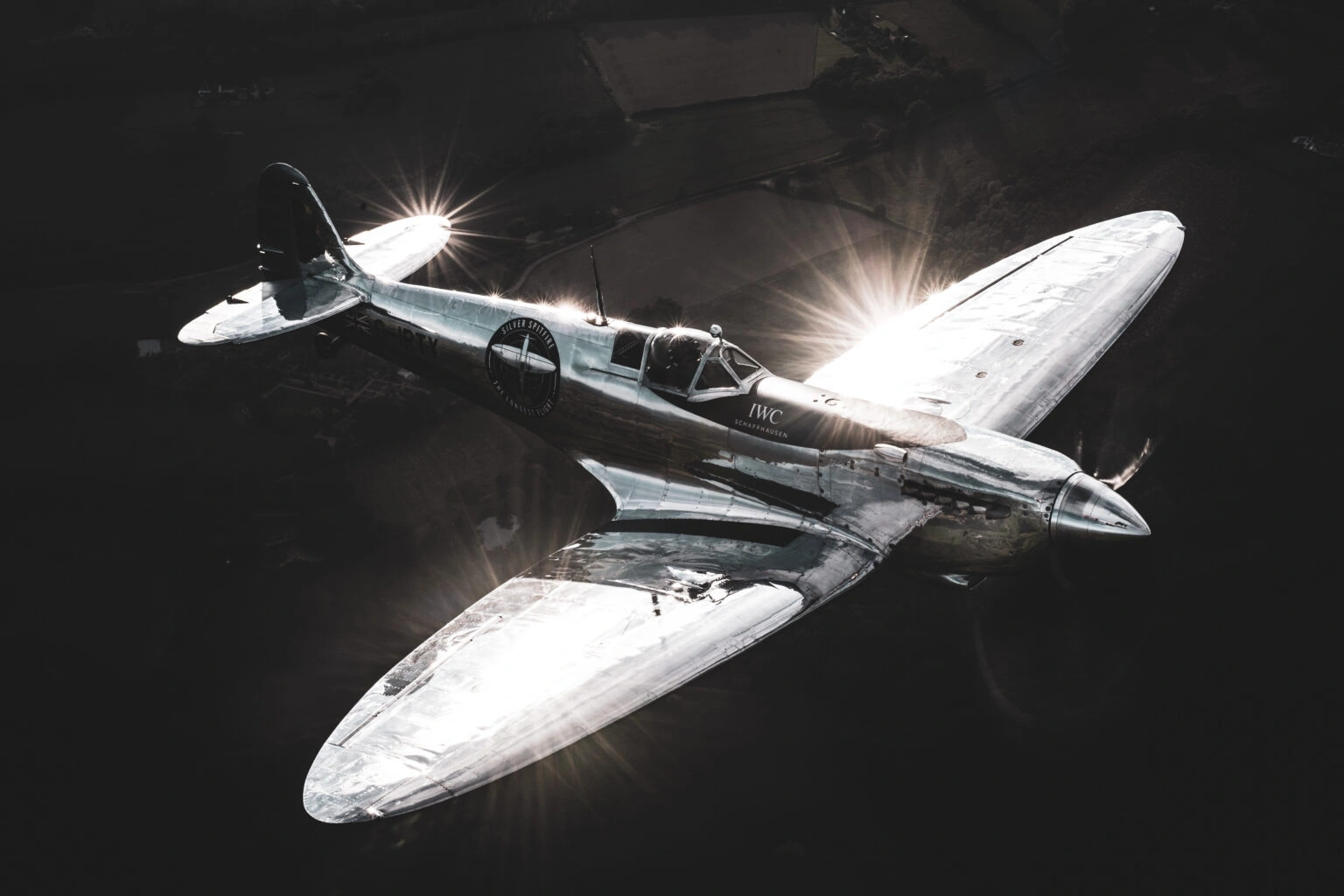
Said to be one of the most original Spitfires flying in the world, Girty is known as The Silver Spitfire and took part in an epic flight around the world in 2019 as a spectacle that caught attention for many reasons. Sponsored by IWC Watches (and now owned by them), the machine was flown by a daring crew over 43,000km to 20 countries and operated by the UK-based Boultbee Flight Academy (now Spitfires.com). But that story can be told another day.
Amongst the debate that Girty stirred was whether she should even be in her silver state or wearing an original camouflage befitting of her heritage. It is a pretty significant Spitfire with a pedigree – yet undertaking a round-the-world flight in a green & brown cammo with roundels presented its own set of headaches, so during rework it was decided to make a feature of the skin, polish every rivet and let it tell its own tale. Even the guns were removed to smooth over any misconceptions.
The result is incredible. But not for all. There’s such a split camp over whether it celebrates the pure design with which a Spitfire is blessed and that we have enough WW2-era schemes in existence anyway, versus those along the lines of sacrilege. Personally, I was a little on the fence having not seen it with my own eyes, but I could imagine its potential from a photographic point of view – and then when I flew with it, when I walked around it and ran my fingers over the smooth bare metal lines, I literally fell in love with aviation all over again.
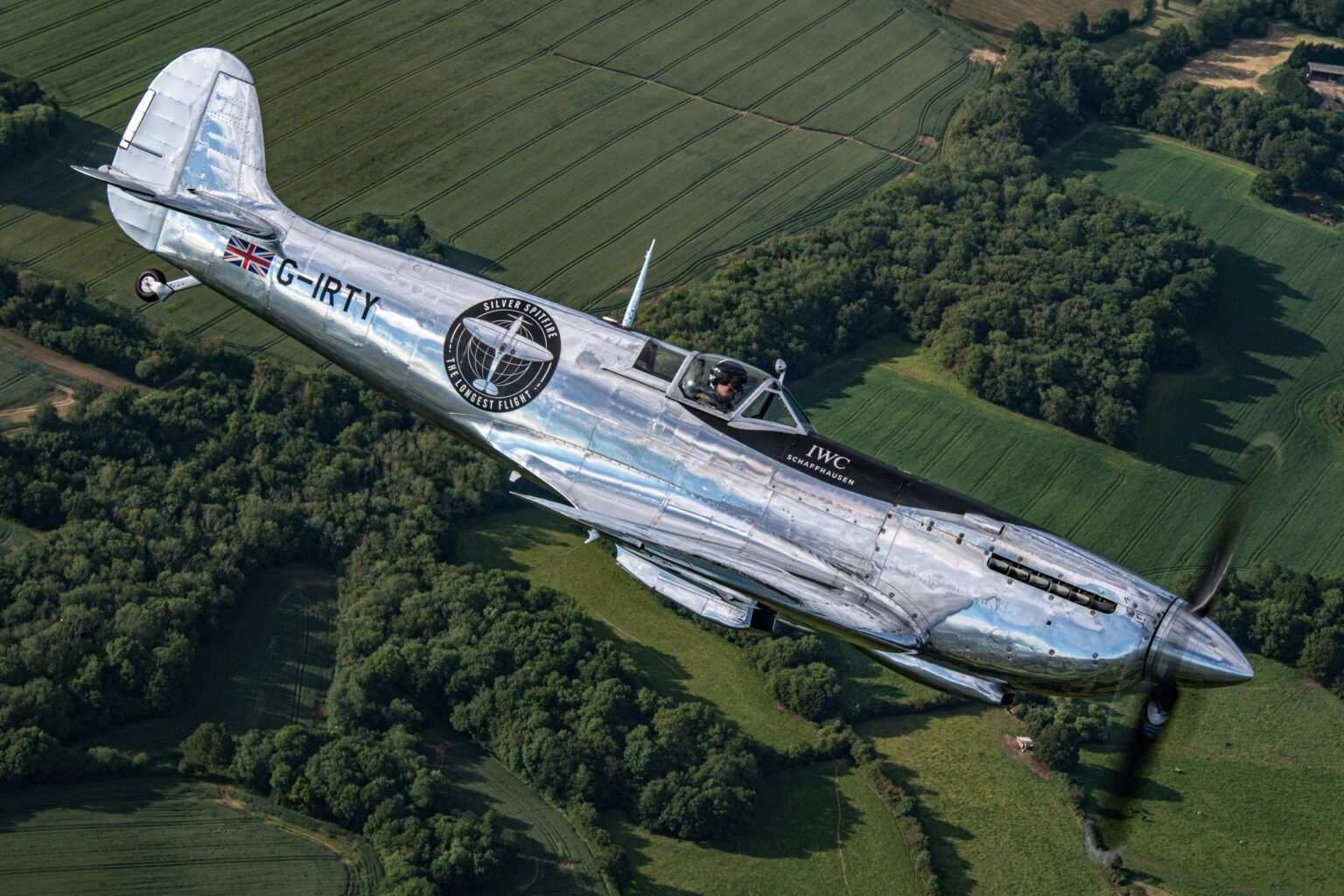
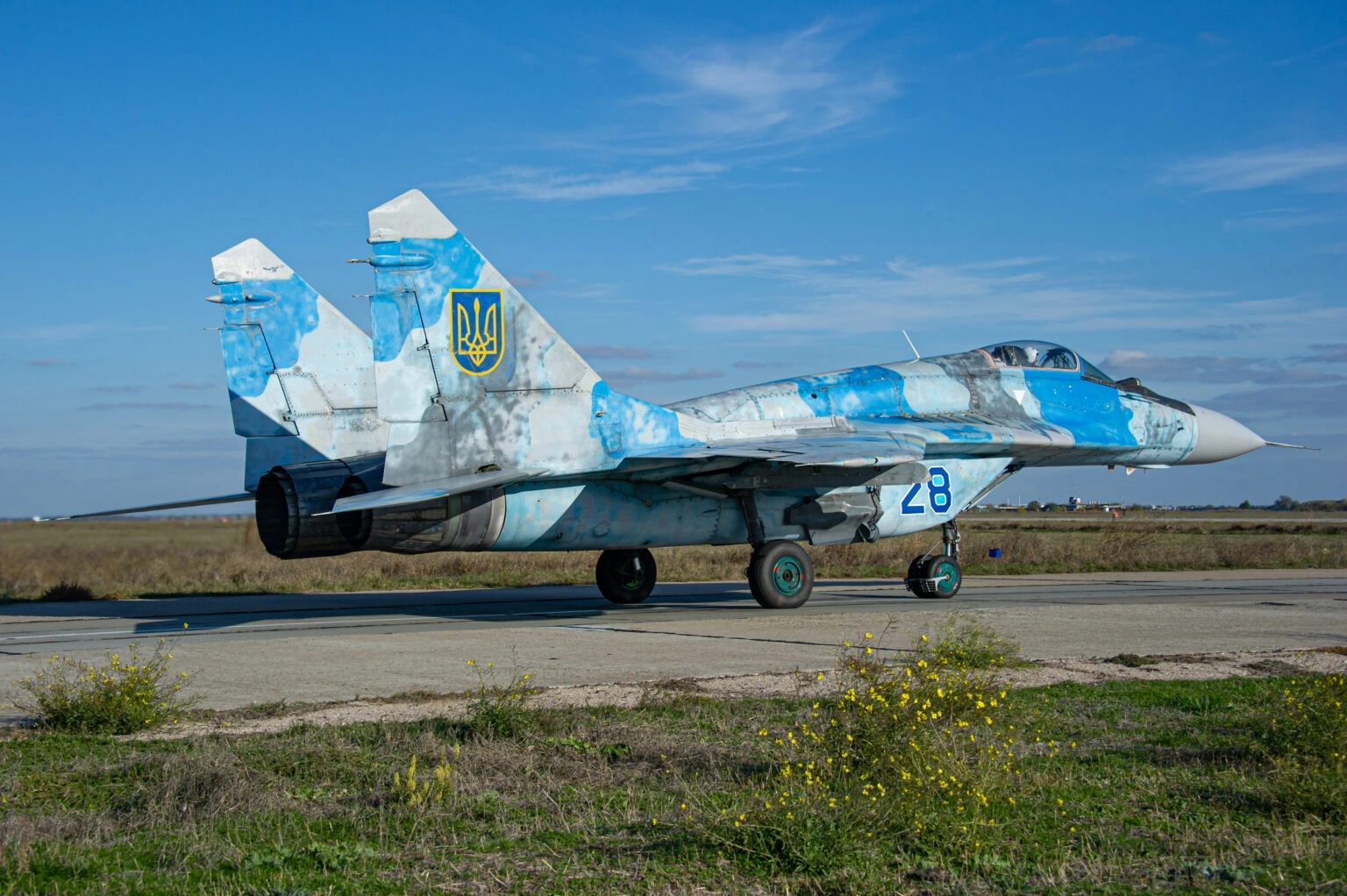
So, what of other military special schemes? Again from a personal point of view, there are VERY few that I have shot and thought “Yes! I am SO glad I shot that over a standard squadron jet!!”
For me, I’d always choose a standard machine. Maybe it’s because the shots are then timeless and can be used for anything at any time (no “Hey! That was the 2015 colour scheme! Why are you using that image in 2023?”). But there are exceptions. Let’s look at some of the colours on the table….
CAG BIRDS
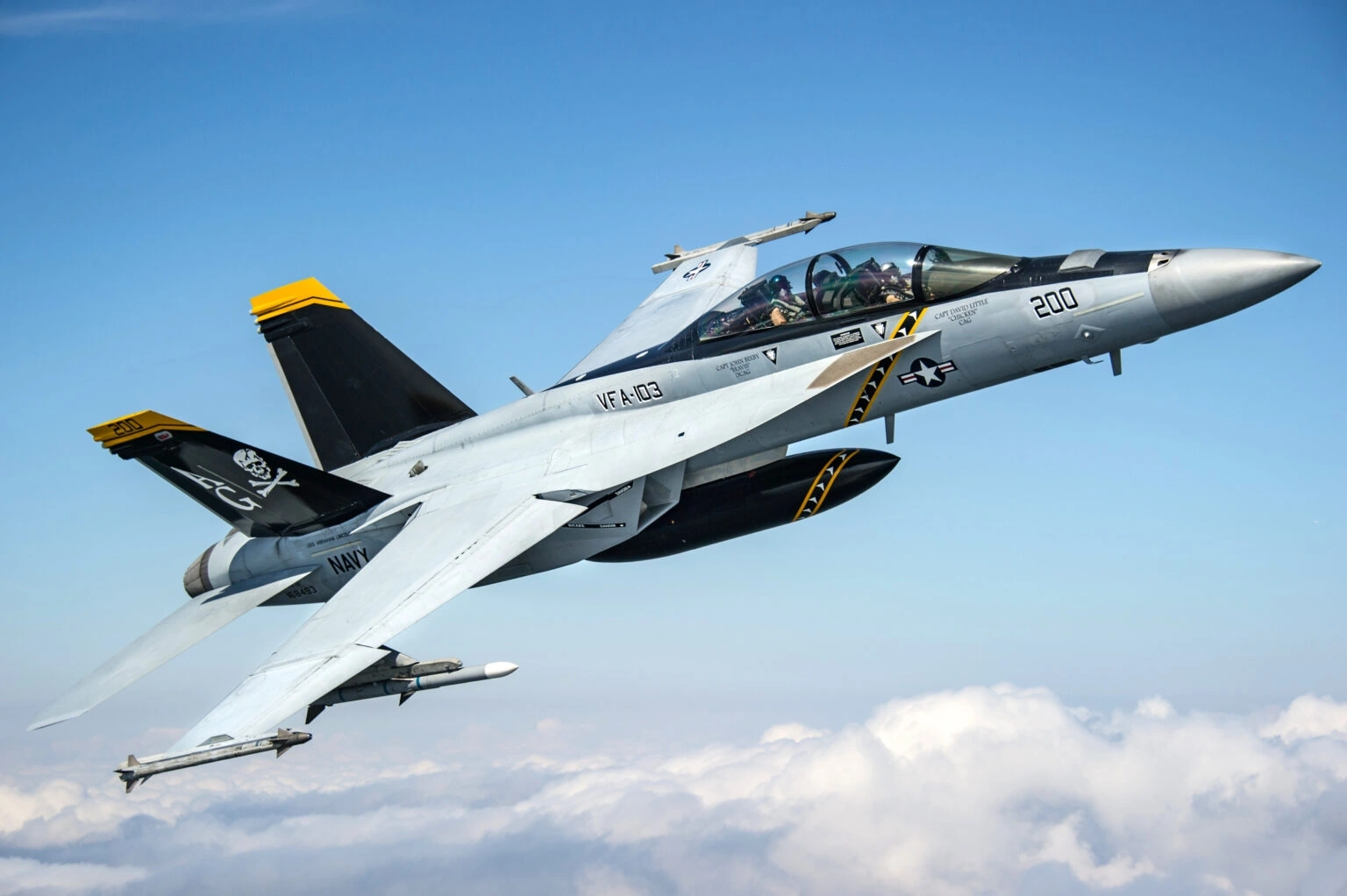
These US Navy beauties are a welcome splash of squadron colour and morale boost. They’ll have the unit commander’s name (CAG = Commander Air Group) and carry the ‘X00’ or ‘X01’ modex. Their colours will usually be a take on the unit badge – full colour on the tail, high viz insignia and stencilling – and occasionally feature a design on the fuselage that is inspired by the unit badge itself or squadron nickname or callsign. There’s rarely a bad one and there’s some very talented artists!
NATO TIGERS

Perhaps the most colourful of them all. Any NATO squadron that has a tiger (or, more recently, a big cat) in its squadron badge is part of an elite club of NATO Tigers. Every year, the Tiger Spirit comes to the fore with a huge multi-national exercise in Europe (there was one in the States many years ago) and features as much air warfare as ground shenanigans. The participating aircraft (and crews) really get in the spirit and it could be said that the best EVER fighter schemes have been adorned by NATO Tiger members.
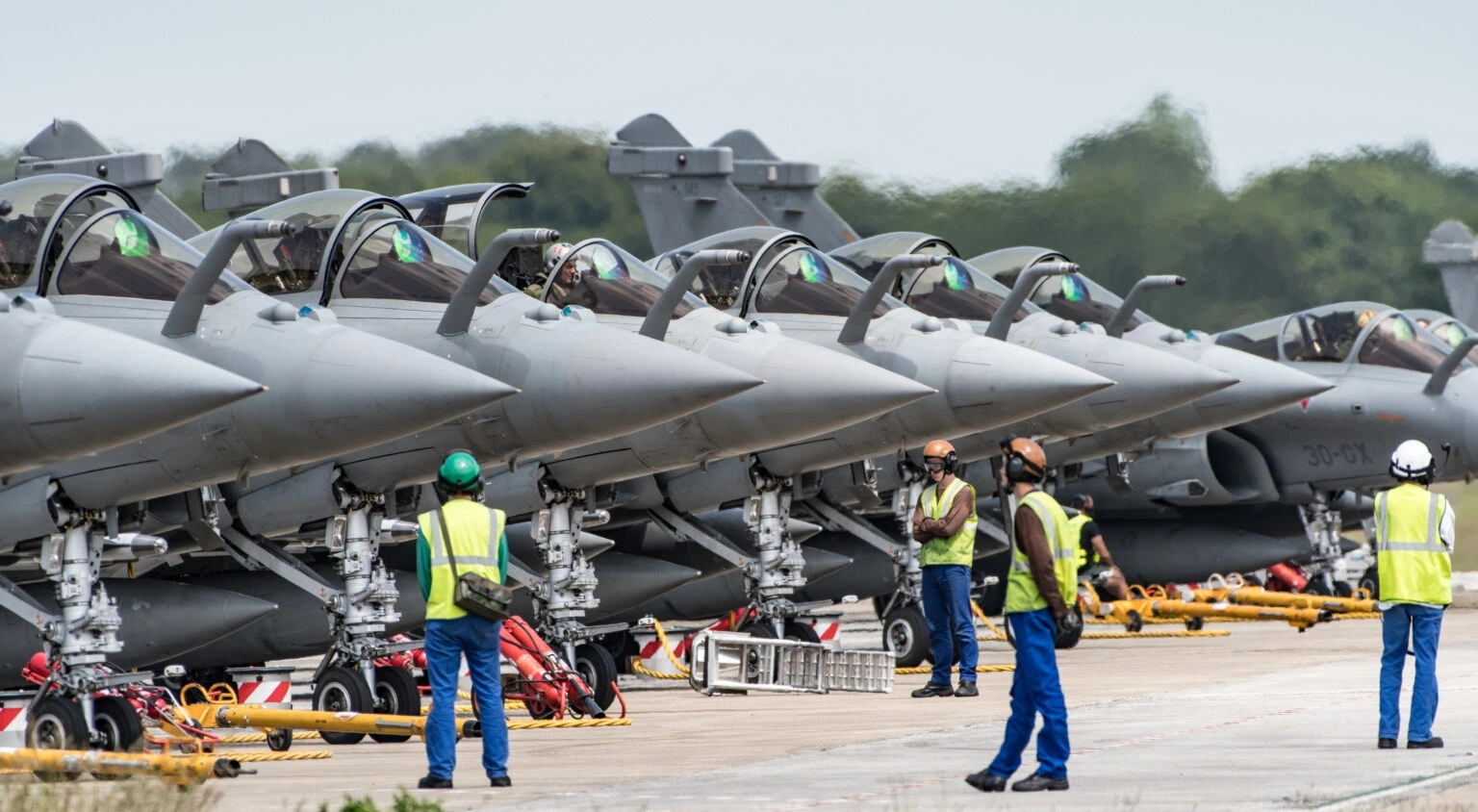
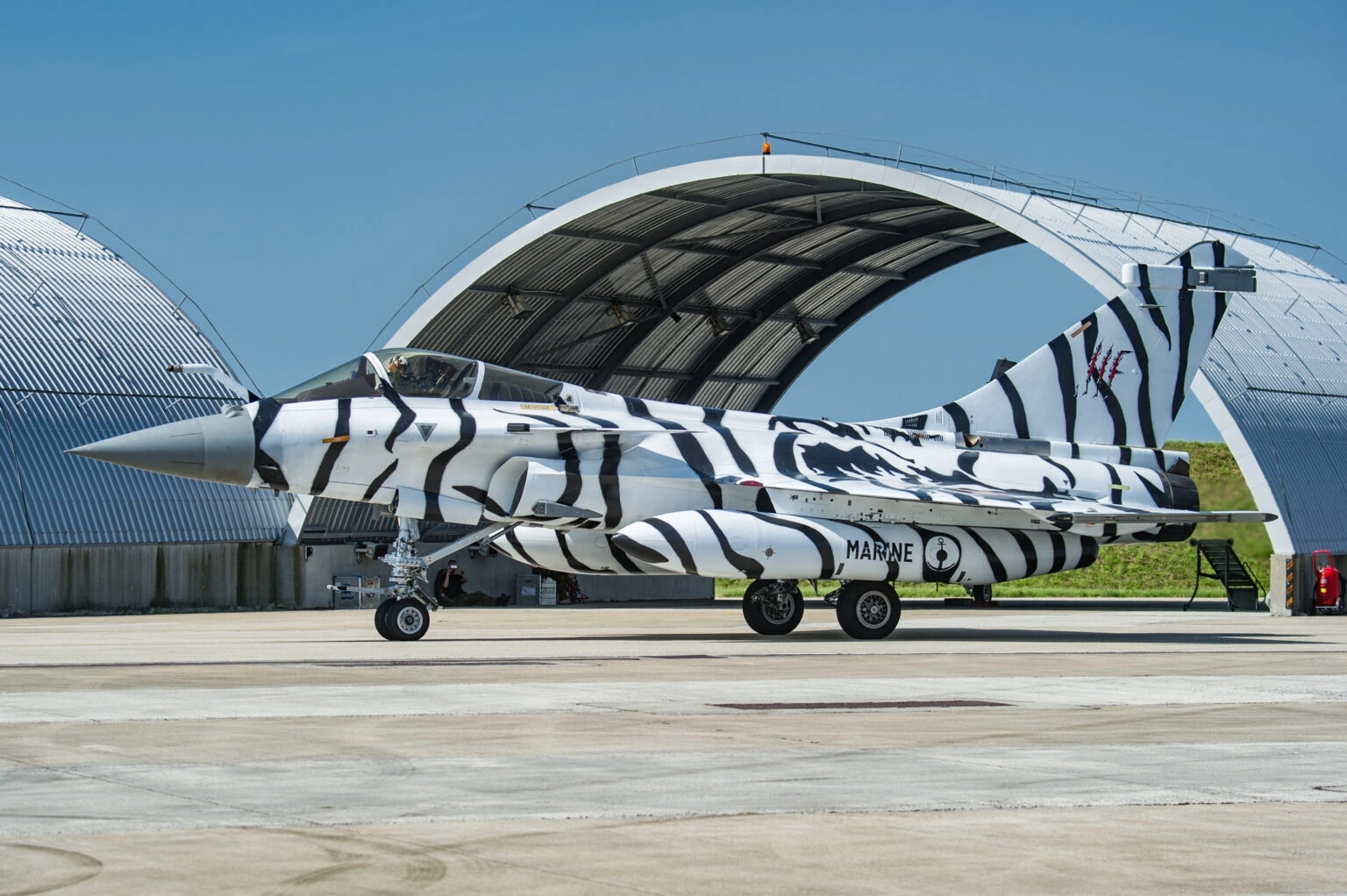
Usually, there’ll be one or two jets painted up in amongst a detachment of 4-8 machines deployed to the exercise (with the location swapping every year, depending on who wins the right to host each year!). Honestly, some of the schemes are incredible – the Germans are consistently impressive, the French have real flair too, and there’s been moments pulled out of the bag for countries like Belgium, Poland and Portugal over the years.
The dear old RAF hasn’t really managed to wow the crowds so much at NTMs. In fact, a couple of its contributions have been pretty poor over the years. The good thing about shooting at a Tiger Meet is that there’s a mix of everything (big time!), so you have the outrageous special schemes operating in the same mission wave as their standard squadron jet brethren. It works. If it were ALL special schemes, well, perhaps I might not be as keen – a great example of the shots being instantly dated, although with a Tiger Meet having been run nearly every year since 1961 they take on a certain collectible charm.
ANNIVERSARY JETS
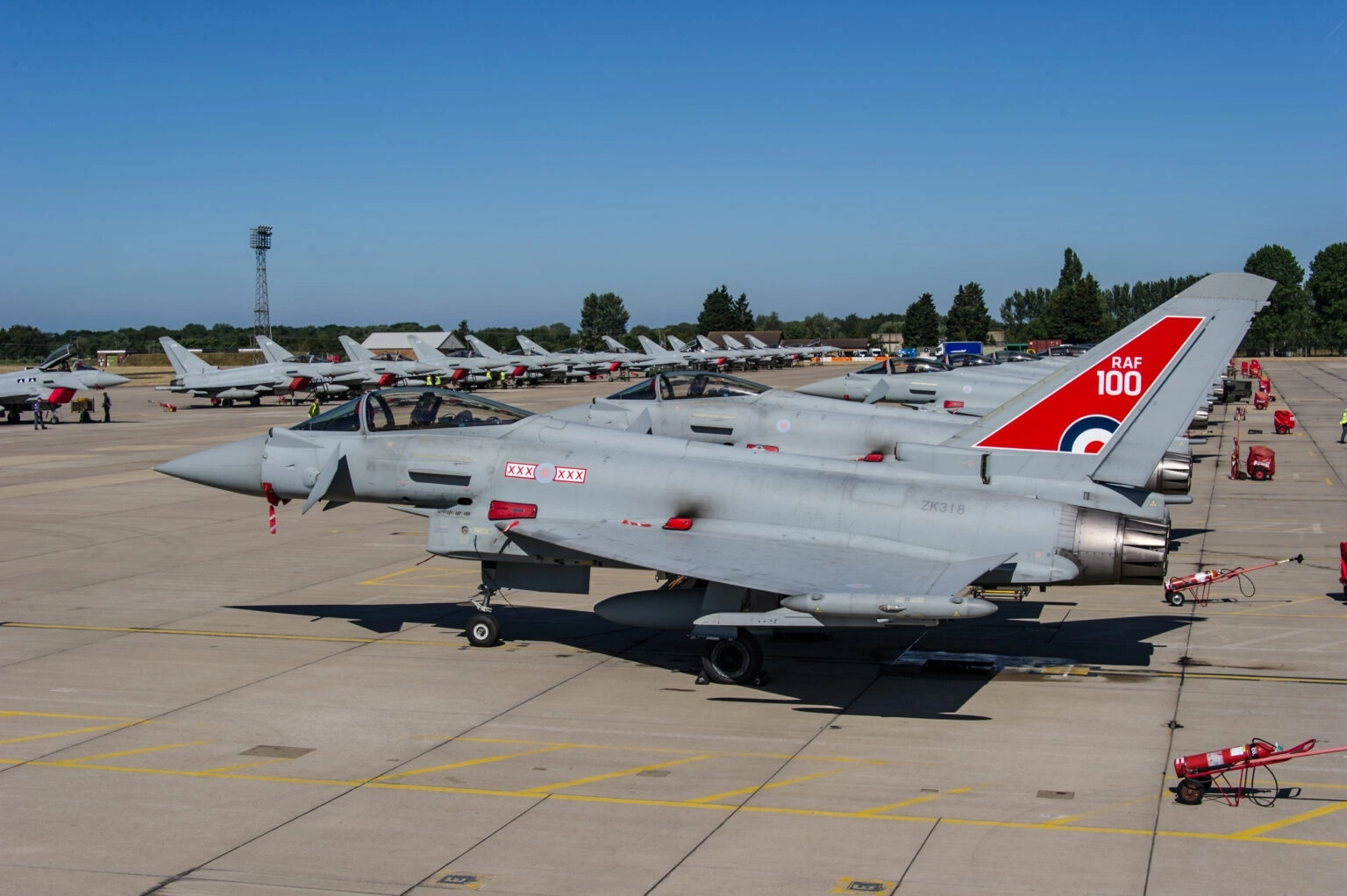
It is absolutely right that military milestones should be celebrated and a perfect way to do so is by turning a dull, grey machine into something that celebrates the event. Good grief, look at the Centennial of US Naval Aviation in 2011… Just, wow. To see modern jets painted in their historic lineage was nothing short of a photographic pinnacle and resulted in something very, very special. But man, that was the exception to that general rule. When the Royal Air Force turned 100 in 2018 it was most disappointing to see that there would be just one aircraft from each fleet receive a bright red sticker on the tail. Yeah, the Royal Air Force. Pretty poor. The occasion was great and celebrated with as much classic pomp and circumstance as the UK can muster (and do so brilliantly) but it was a missed opportunity. Elsewhere, the Royal Australian AF also hit 100 recently and its nod was a series of low-viz grey graphics on the tail – it could be said that maybe it’s just the sign of the times, yet there is a will and a way that is still evident in other areas.
HERITAGE JETS
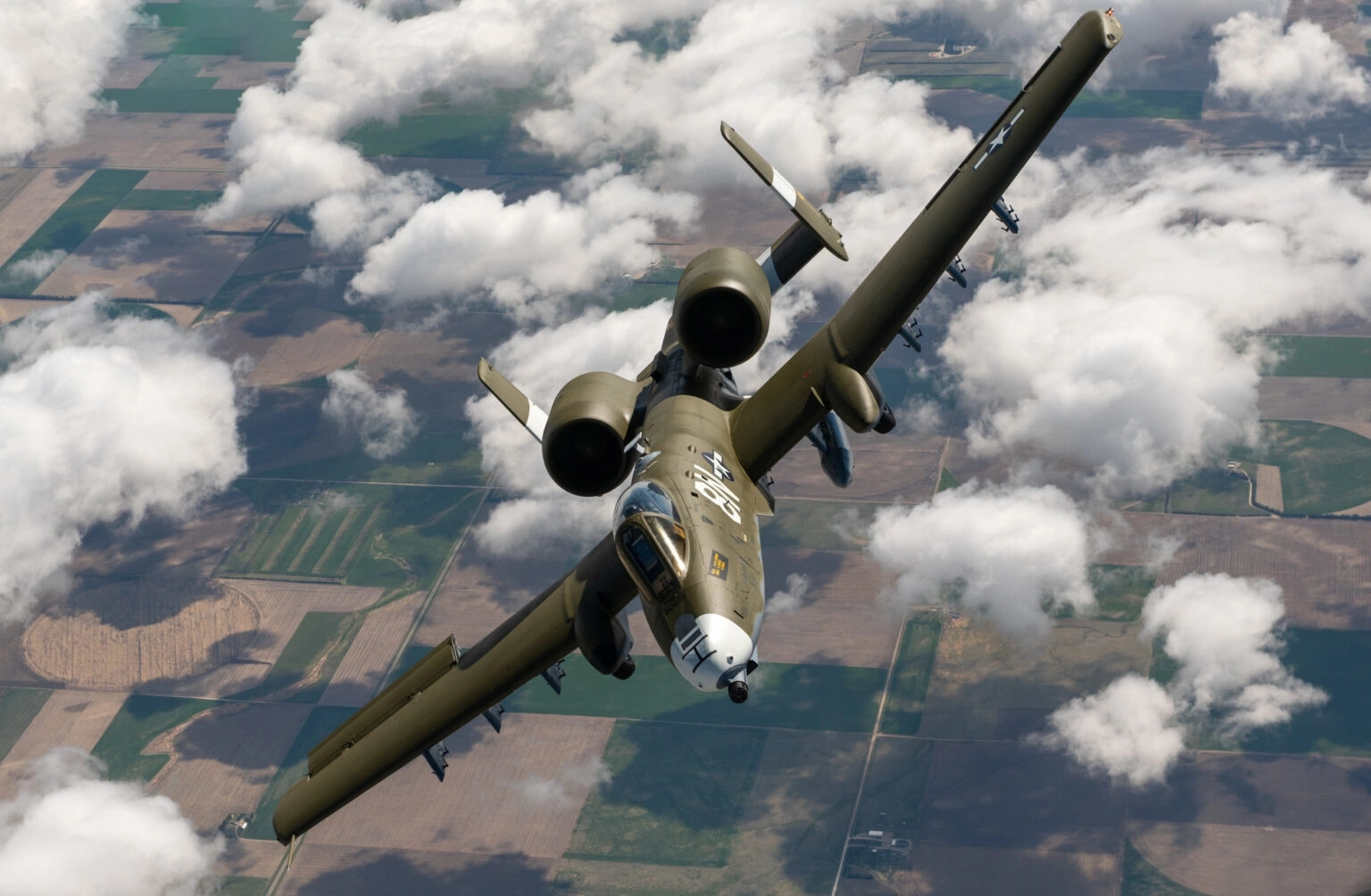
A super welcome turnaround from military aircraft losing all colour is the trend-bucking Heritage Jets initiative, whereby units (and particularly training squadrons and A-10 units!) have painted up often multiple machines to reflect their past. They’re gorgeous. But not perhaps seen enough! They need to be sent to shows more regularly hah… along with a standard squadron jet too, of course! What surprises me is how many are floating about now – and almost without exception are super impressive.
RETIREMENT JETS


There’s a lot to be said for these because, unlike the anniversary schemes and event schemes, they are deliberately placed at the exact point in time for a definitive reason. For me, they work – but only if I can have a crack at the last operational machines too, thanks! The most famous retirement schemes of recent years have been the US Navy Tomcats of 2006, the Luftwaffe Phantoms of 2013, the FINal RAF Tornado GR4s in their last gasps of glory in early 2019, as well as the JASDF F-4 Phantom fleet in their dying days over 2018-2020. In the case of the latter, they are surely some of the most impressive paint jobs in the world – Japan has a certain way of doing things differently, most exotic, and the attention to detail within the scheme is sublime. Worth the chase.
DISPLAY JETS
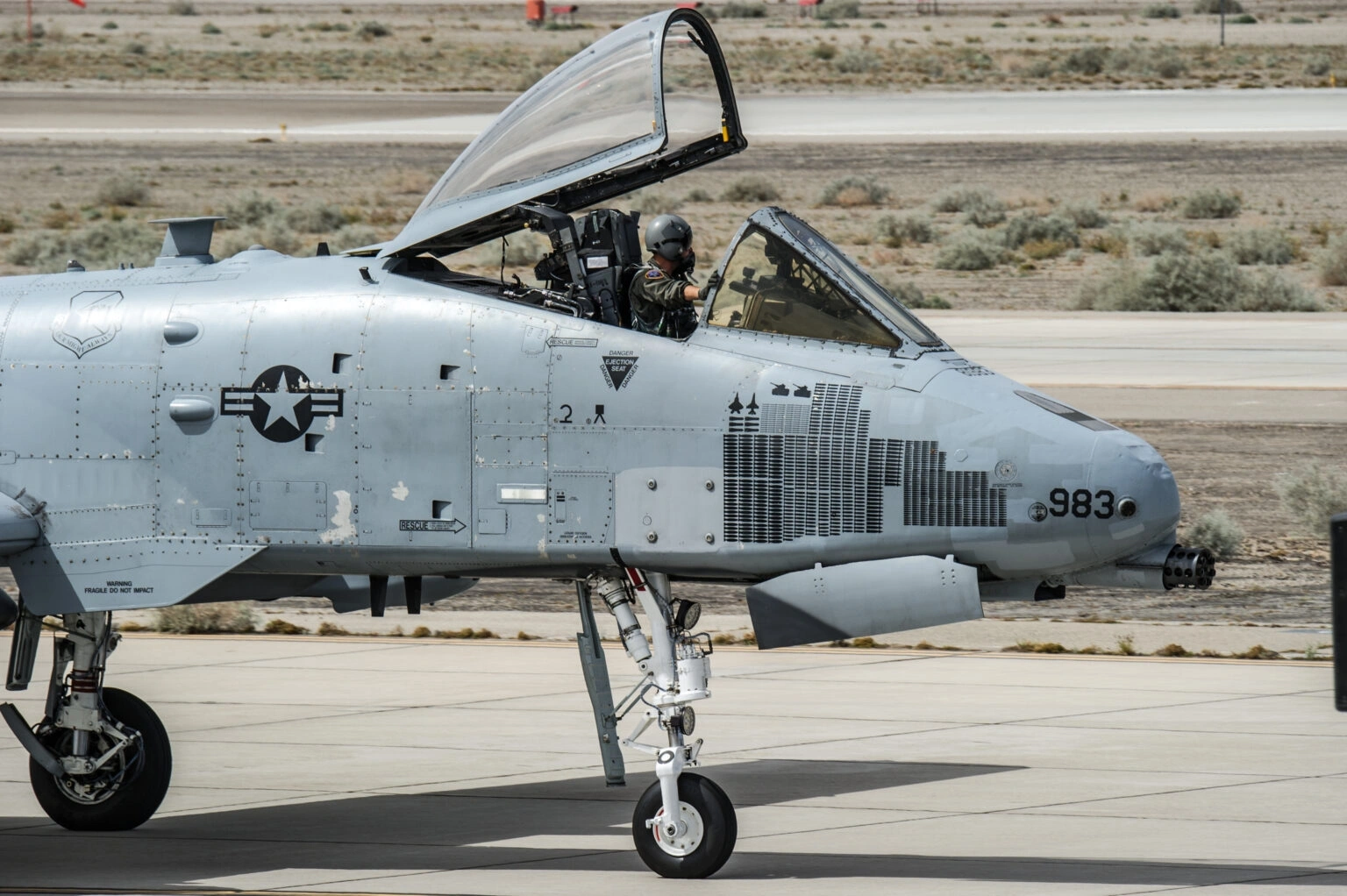

Man, those A-10 schemes that keep popping out quicker than a salvo of bullets from a GAU-8 Avenger! This is great to see and they are done very well indeed – the Vietnam scheme is pretty special (but does need to get dirtied up quickly!). We’ve also seen the Shaw-based F-16 Viper Demo jet in a pretty stunning scheme. Let’s also remember that the majority of crowds at mass airshows are not necessarily aviation geeks – so a cool-looking all-black Viper is going to inspire more than a standard squadron jet (no matter how much I prefer the latter!). It’s a factor, for sure, and one that garners good publicity and social media traction – and besides, the spare jet is usually always a standard squadron machine to again offer the best of both worlds!

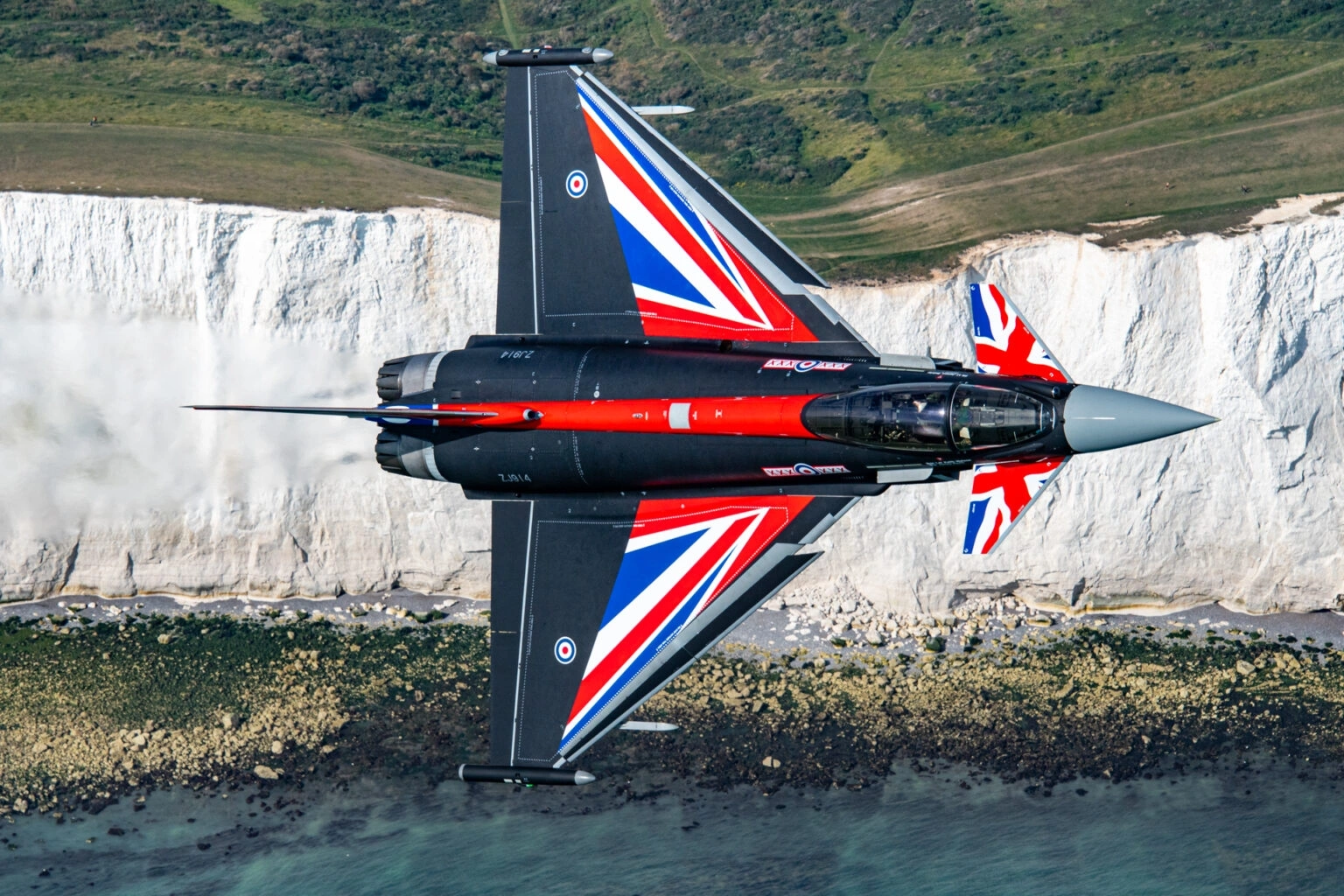
The RAF too has painted its Typhoon Display Team jet over the years. Some time back we were blessed by a machine known as ‘GINA’, which was a Typhoon painted in the full Spitfire camouflage and is universally recognised as the best ever. It was class. Most recently it has been the popular (with most) red, white and blue Union Flag/RAF Roundel inspired paint job on a black jet. Again, great for a splash of airshow colour… but I remember being outraged that they painted it over the only black jet in the RAF inventory that was being used by the Aggressor squadron in full No IX(B) Squadron markings. And no I’m not bitter that COVID prevented me from shooting it before it was adorned in airshow markings! Honest! It’s really grown on me since.
SPECIAL PAINT

So… this is kinda where it gets a bit lost in my opinion. There’s been some perfectly good military jets – often making a very rare airshow appearance – ruined by awful stickers, poor paint design, pointless colours and disappointing repaints. I recall the last ever visit of an A-7 Corsair II to these shores and it had a brand spanking paint job for the occasion, almost a glossy coat of pristine camouflage instead of the dirtied, stained and hardened cammo that characterised decades of service – proving that it can still be a squadron machine and lose the flavour of the moment. Others have received huge decals (and I mean huge) to denote their appearance at a major airshow. I think rare and exotic air arms that are so pleased to be participating in an event overseas that they plaster “Air Power Expo 2022” all over the fuselage in Times New Roman (for example). Ouch.





Or if there’s a couple of random special tails done, say on a precious F-4 Phantom squadron, and they say something like “Exercise Hard Fight, 2023”… and never get painted. That’s just not for me – give me a battered, faded, operational squadron jet any day, even if they are oh-so-grey nowadays.
There are exceptions to this (think the RAF’s NoIV Squadron Hawk T2s with the traditional yellow and red tails, or ANG F-16s with coloured tails), but not many. Then there’s the more up-to-date debate over F-35 operators with some seemingly able to put decent squadron marks on the stealthy jet, both in low viz grey and even with a splash of colour here and there too… versus air arms that claim they will be shot down if that paint brush comes out.
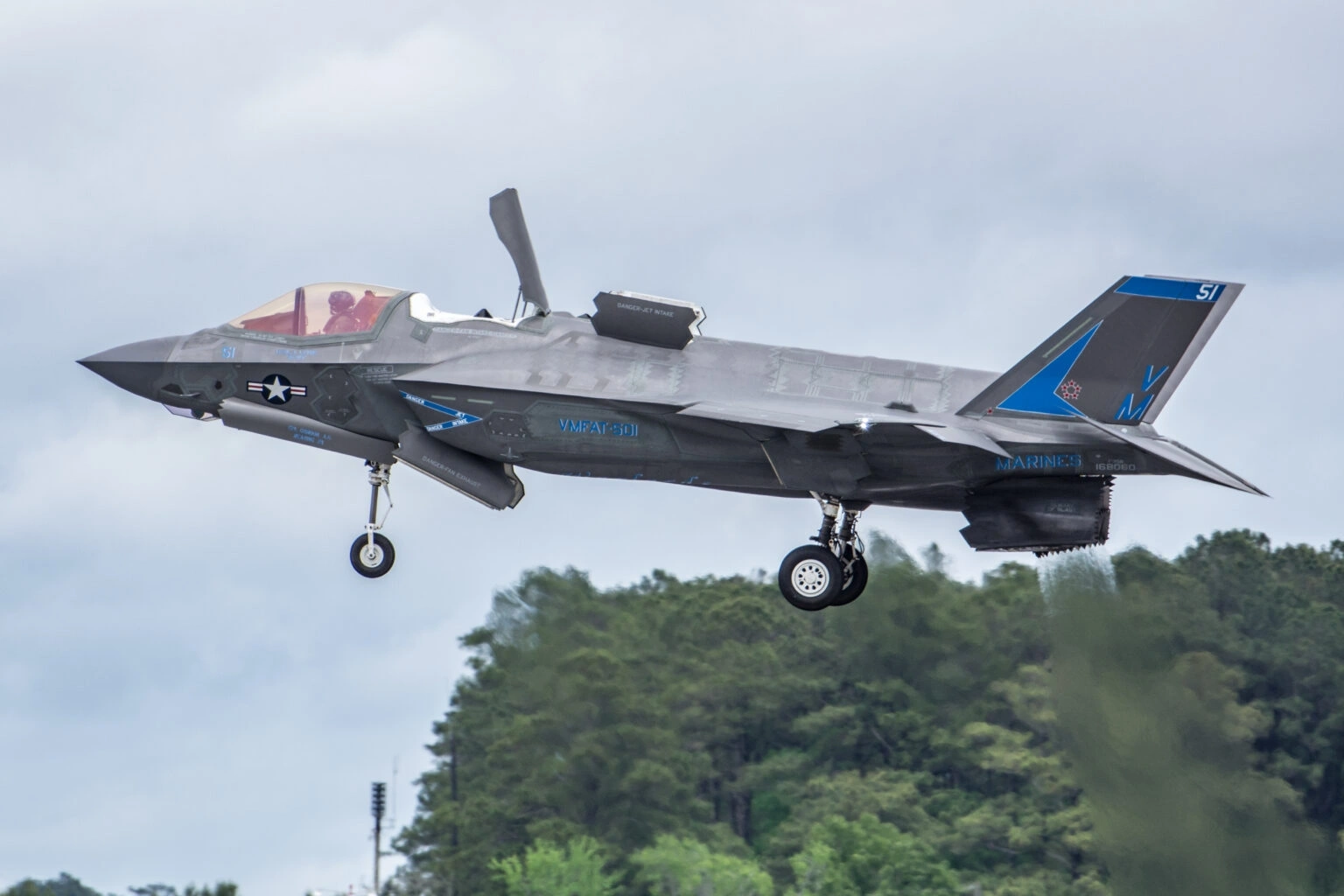
AGGRESSORS & ADVERSARIES
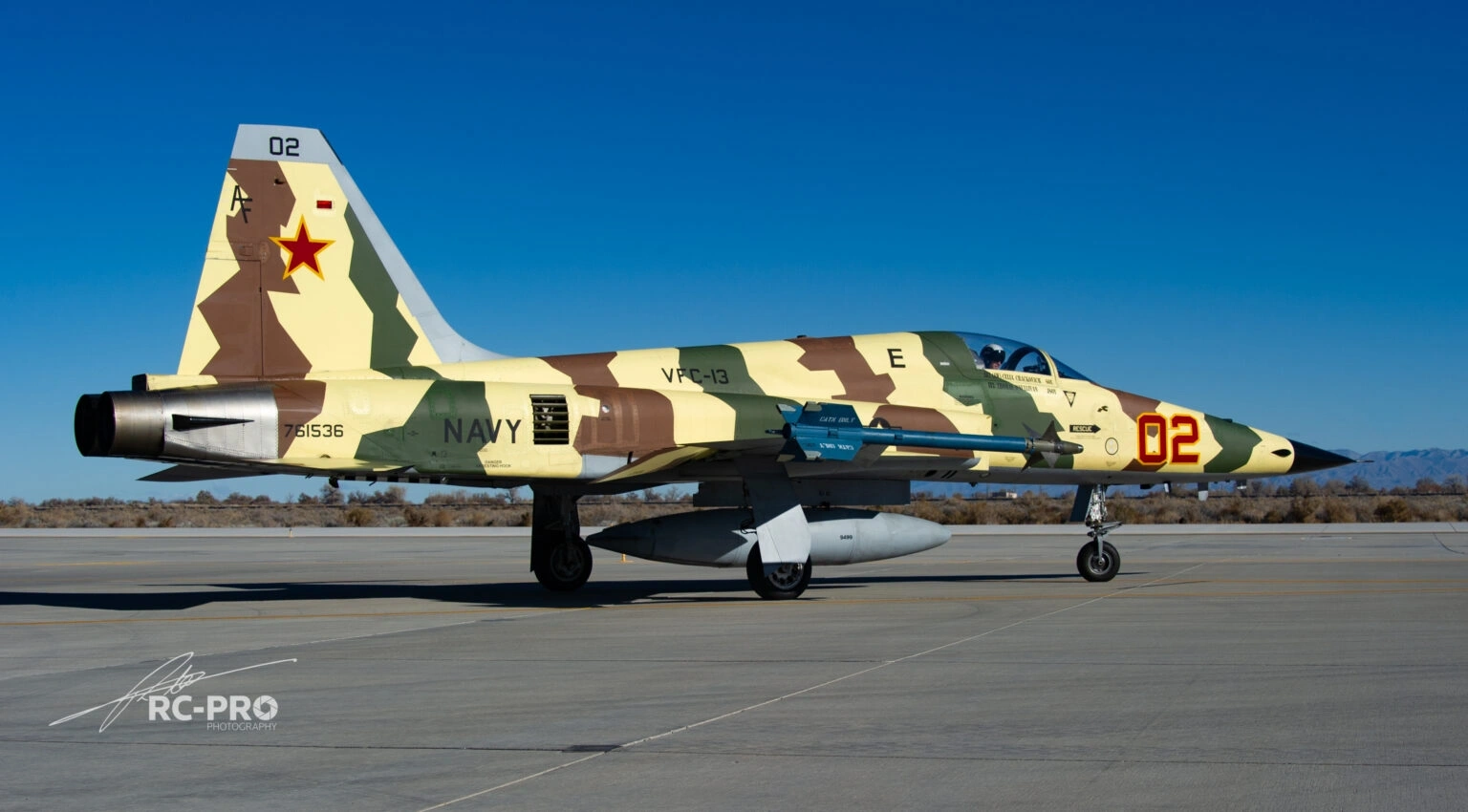
The best, the real deal. No contest. Mean, menacing, purposeful and absolutely bloody awesome. Say no more.
DIGITAL & SPLINTER…
On the subject of military camouflage, there’s an increasing trend to adopt what is known as ‘Digital’ pattern, with even the most traditional brown and green tones used in jagged, pointed shapes and edges in place of curved and wavey patterns.

I’m going to stay on the fence here – some look great and retain the air of military purpose. Others, perhaps a little too garish and look like your eyes have just been turned down to 50dpi with added Facebook compression… but surely another theme that divides opinion. Let’s just thank the saint of sprayshops that previously attractive cammo is now being reduced to all over mid-tone grey for everything everywhere.
RANDOMS
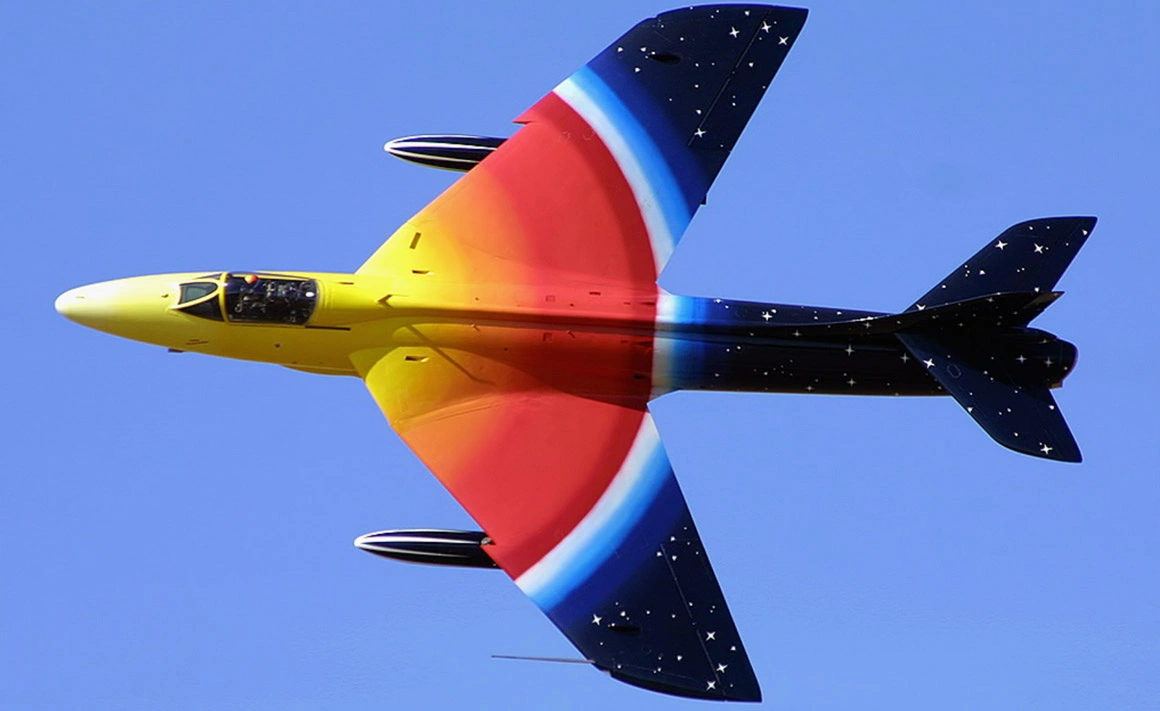
Now these are the ones that really divide opinion. They are usually out of service classic jets – let’s take L-39s in display team colours, fake air force markings, mad sponsors, or even eccentric owners and you have a world of divided opinion. In the case of sponsors, the most obvious example is when the world’s only airworthy de Havilland Sea Vixen lost its Royal Navy military roots and was painted in full Red Bull markings. Lost its soul…? Or thank the aviation gods it was able to still fly at all with a sponsor’s backing? On the bold owner front, there’s those that very much think “Well, there’s plenty of authentic schemes out there, let’s do something different to stand out and make a statement”…
Leading this debate in recent times was Hawker Hunter ‘Miss Demeanour’ with an unbelievable galaxy-slash-stratosphere-re-entry scheme that went from fiery red and yellow through to midnight blue from top to tail. As bad as it sounds, many argued that it did actually accentuate the design, much like ‘Girty’, The Silver Spitfire, and – if nothing else – absolutely gets the world talking.

So there you have it! There’s many photographers out there that love special schemes and make it their mission to shoot as many as they can and that’s awesome. Go get them in all their technicolour glory and may your DSLR sensors overload with hue, saturation and luminance! But just leave some angry, dirty, battered squadron jets for me…
Did you know our blogs are written exclusively by our members? We'd love for you to come and experience what COAP Online is all about!
Not yet a member?
Enjoy a free 30-day trial!
COAP Online membership brings 100s of aviation photographers from around the world together in a friendly, helpful and inspirational community. You'll enjoy monthly challenges, competitions, livestreams, blogs, exclusive discounts, meet-ups and more!




